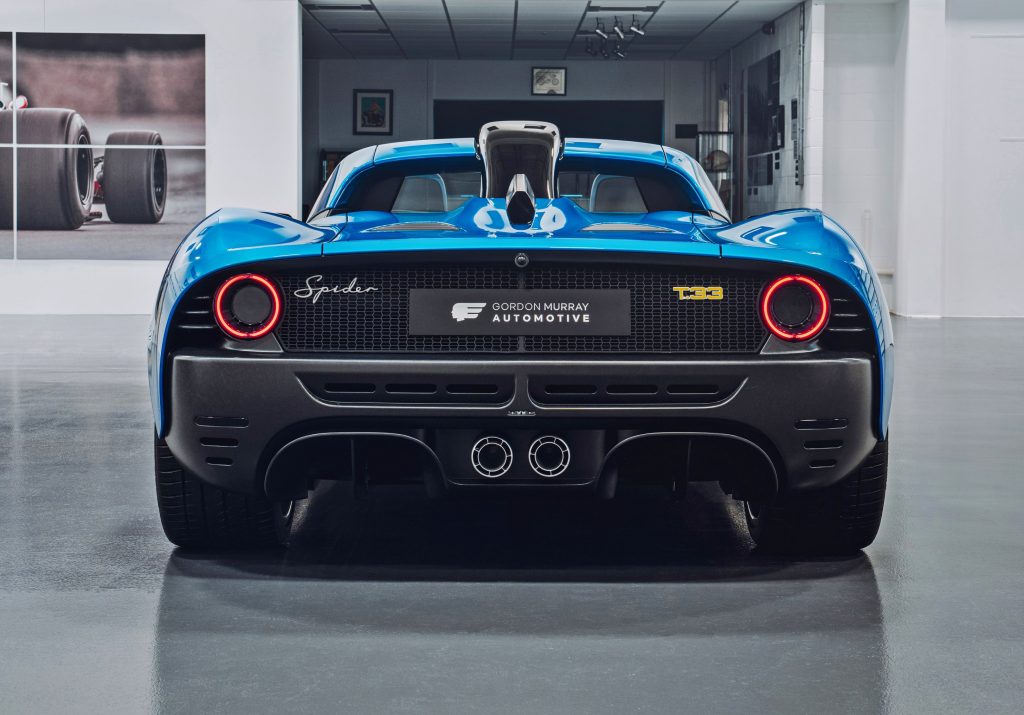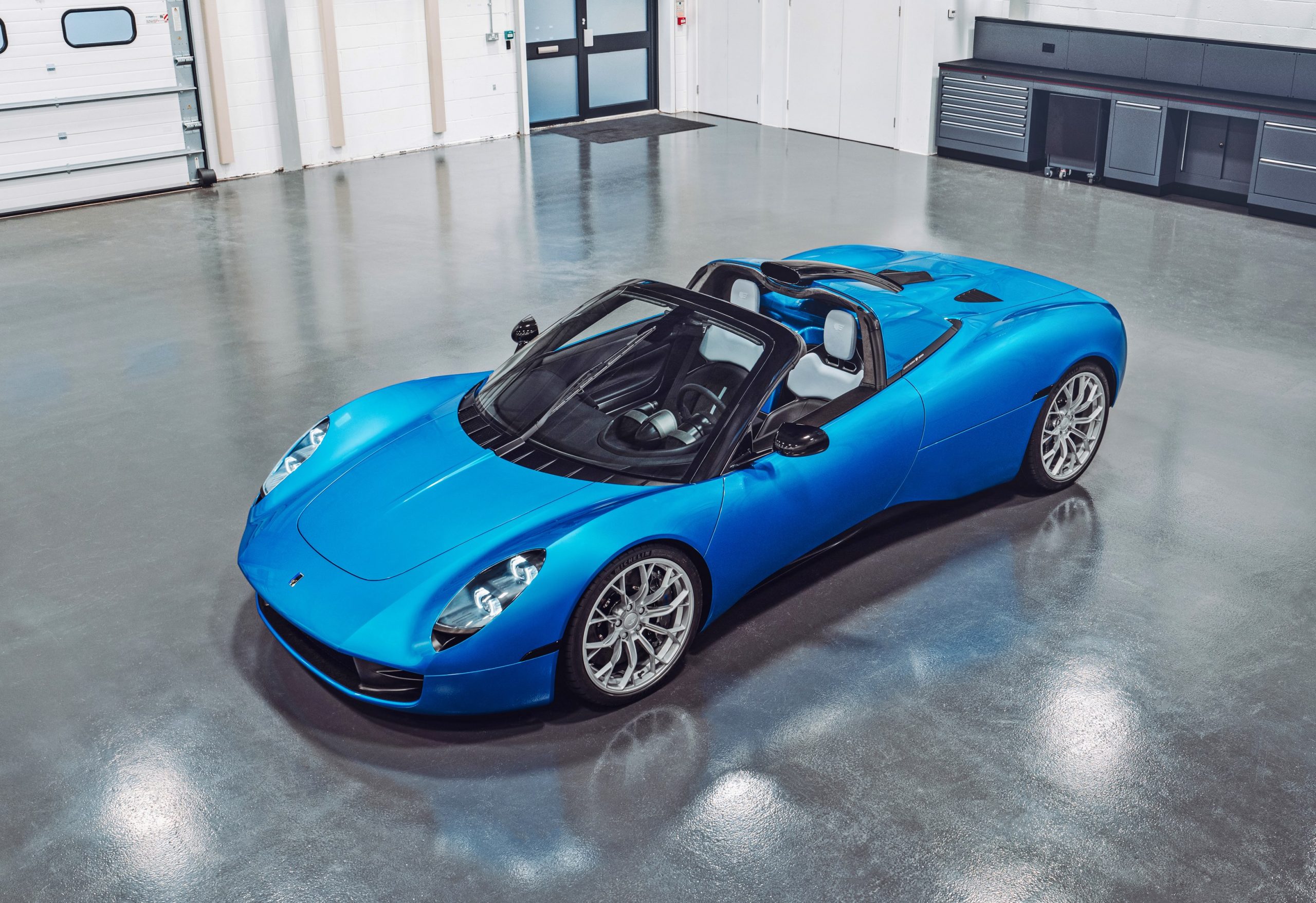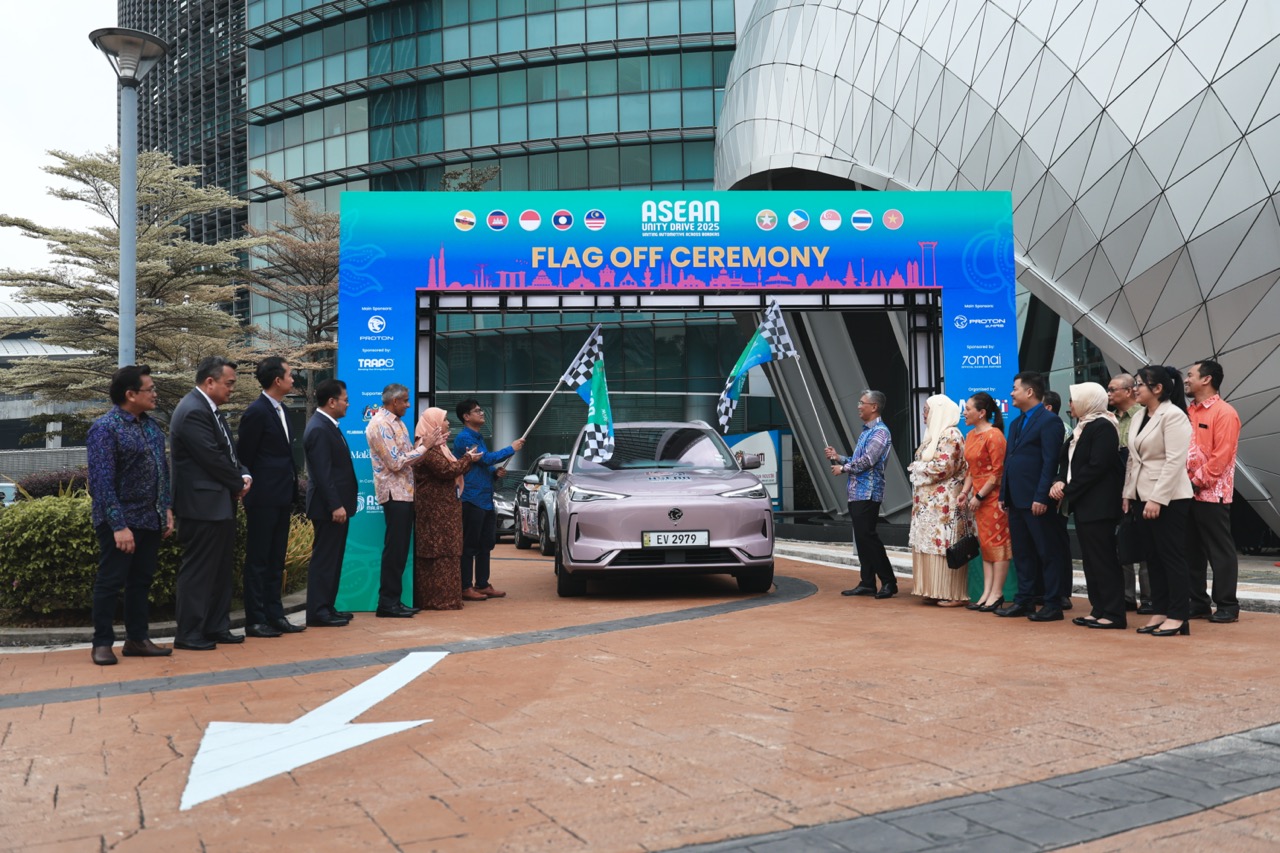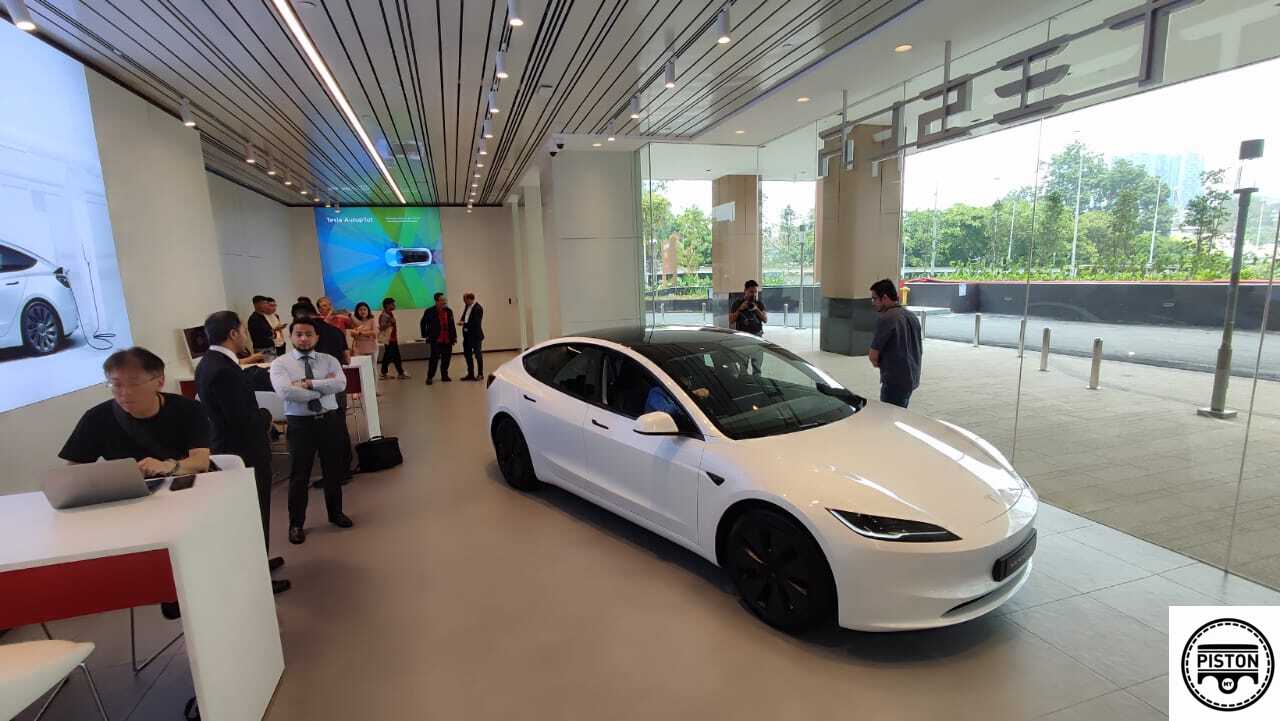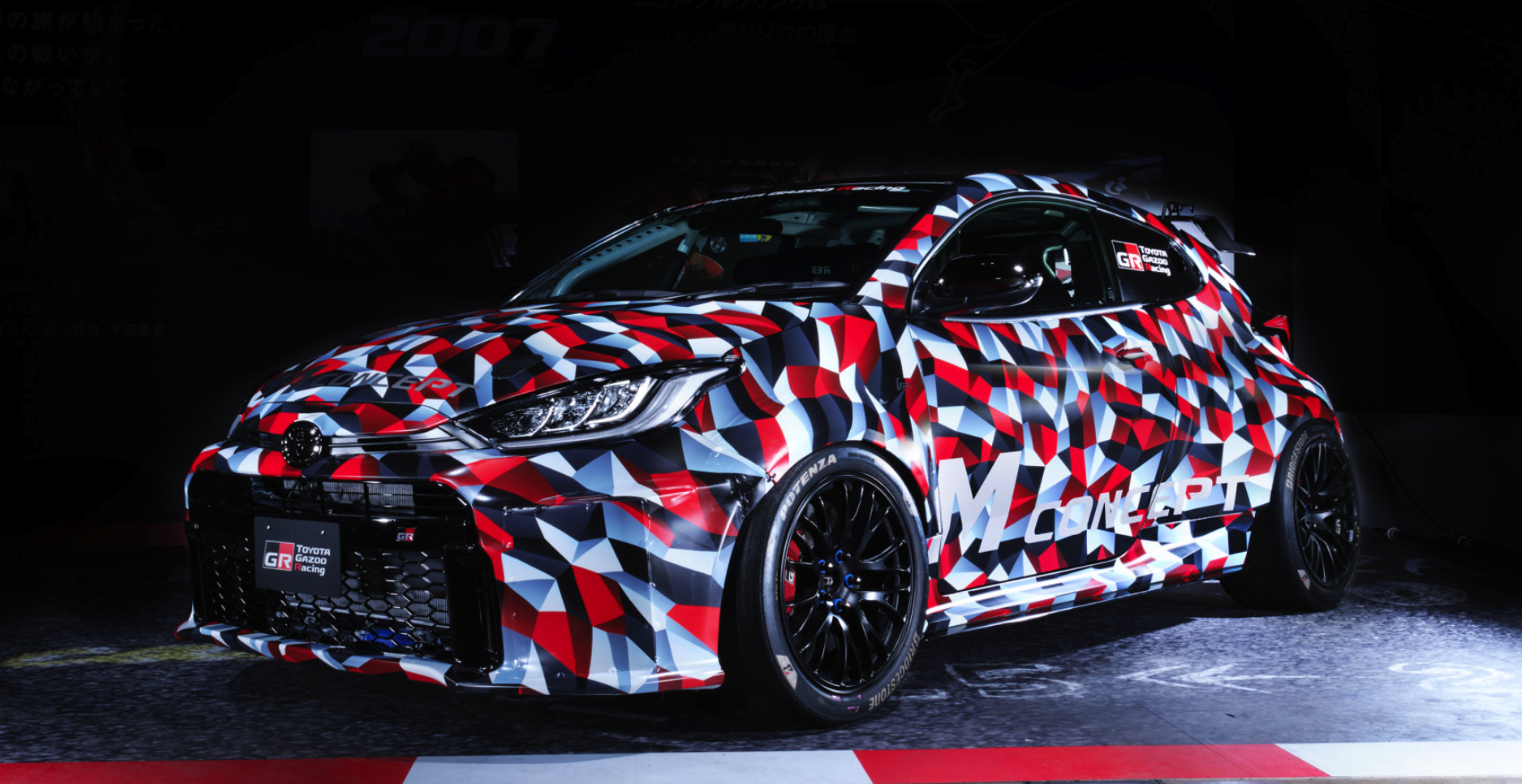Gordon Murray, designer of the Brabham and McLaren F1 racing cars and the McLaren F1 road car, has revealed the fourth product of his company, Gordon Murray Automotive (GMA). It’s the T.33 Spider, a topless version of the T.33 Coupe which was unveiled in January 2022.
Developed in parallel with the coupe and sharing the same ultralight carbonfibre monocoque construction, the T.33 Spider has been engineered with greater torsional stiffness as it does not have the roof structure. However, with the stringent and meticulous weight-saving approaches taken, the Spider is just 18 kgs heavier than the 1,090 kg coupe.
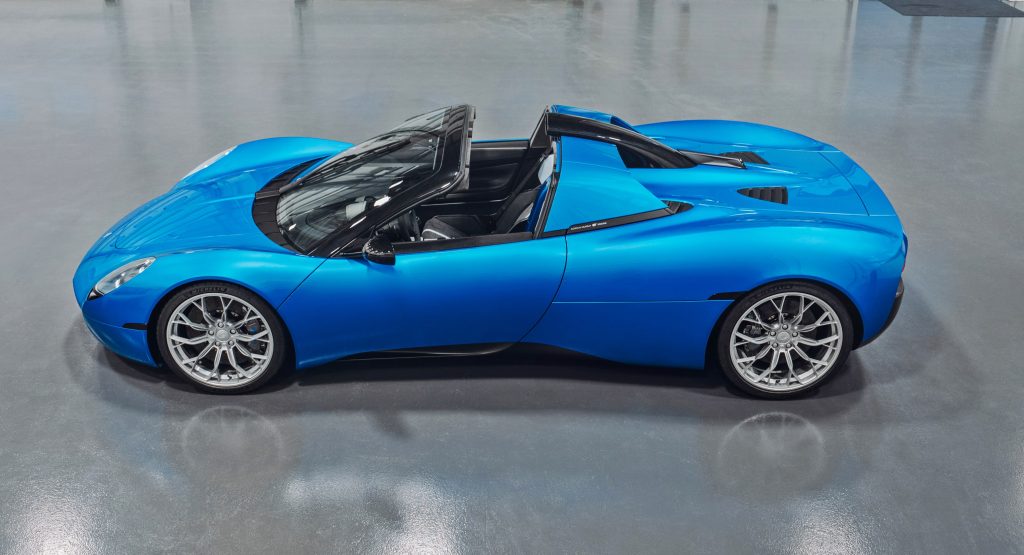
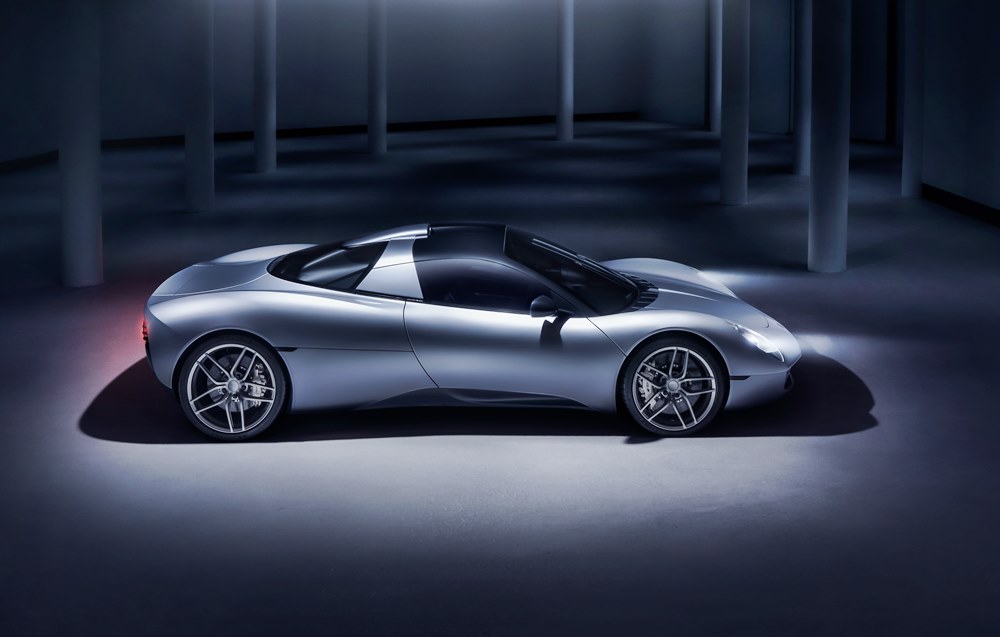
‘Supercar like no other’
Inspired by iconic designs of the 1960s and with the perfect proportions and flowing surfaces crafted from carbonfibre, the T.33 Spider is said to ‘a supercar like no other’. To deliver the design vision defined by the very first sketches, every surface from the A-pillar backwards is unique to this derivative of the T.33.
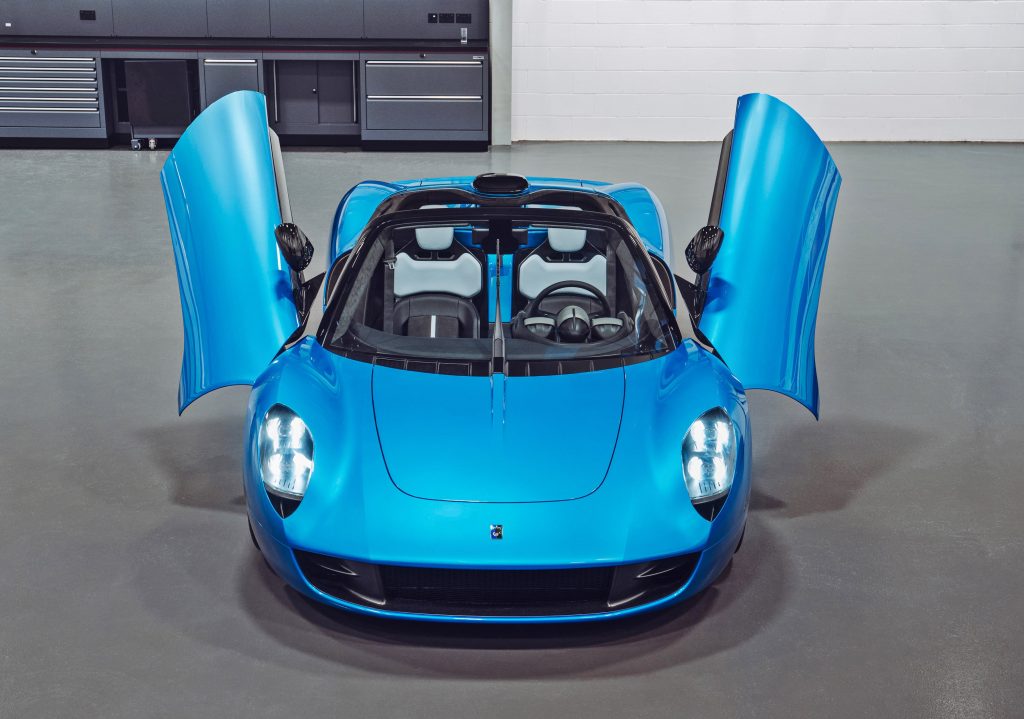
“From the very beginning, I knew that one of the biggest challenges in designing the T.33 Spider would be keeping the purity, balance and overall beauty of the T.33. That’s why I sketched both versions at the same time to make sure that the proportions would work,” said Murray
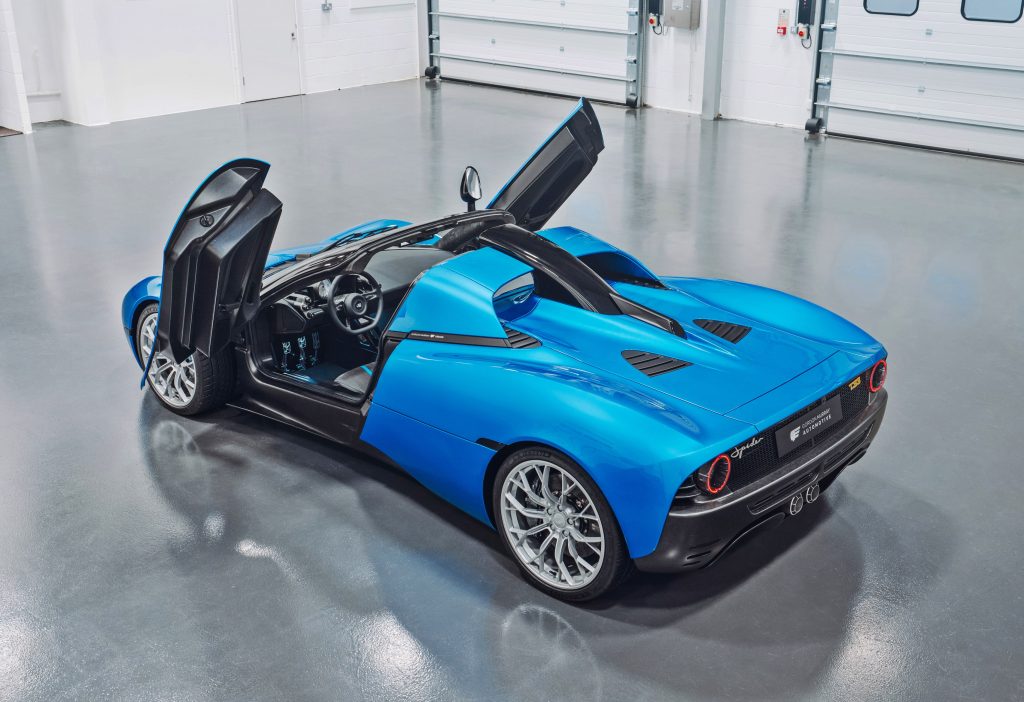
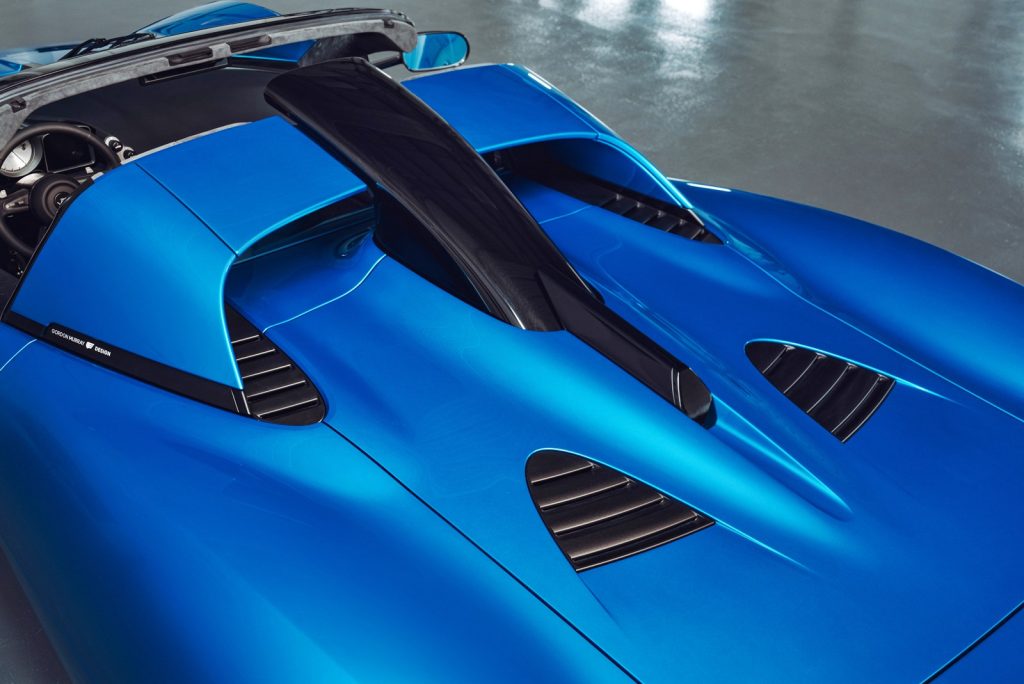
Exterior design
The fixed section of the roof features elegant buttresses which blend harmoniously into the rear deck, behind which are louvres which further aid engine cooling. The ram induction airbox, mounted directly to the engine itself and a hallmark feature of the T.33, becomes even more distinctive on the Spider, especially when the roof panels are removed.
Made from lightweight carbon composite, the panels can be specified in a range of colours. To enhance usability, they can be stowed neatly in the front luggage compartment when not in use. The rear glass drops behind the rear bulkhead at the press of a switch.
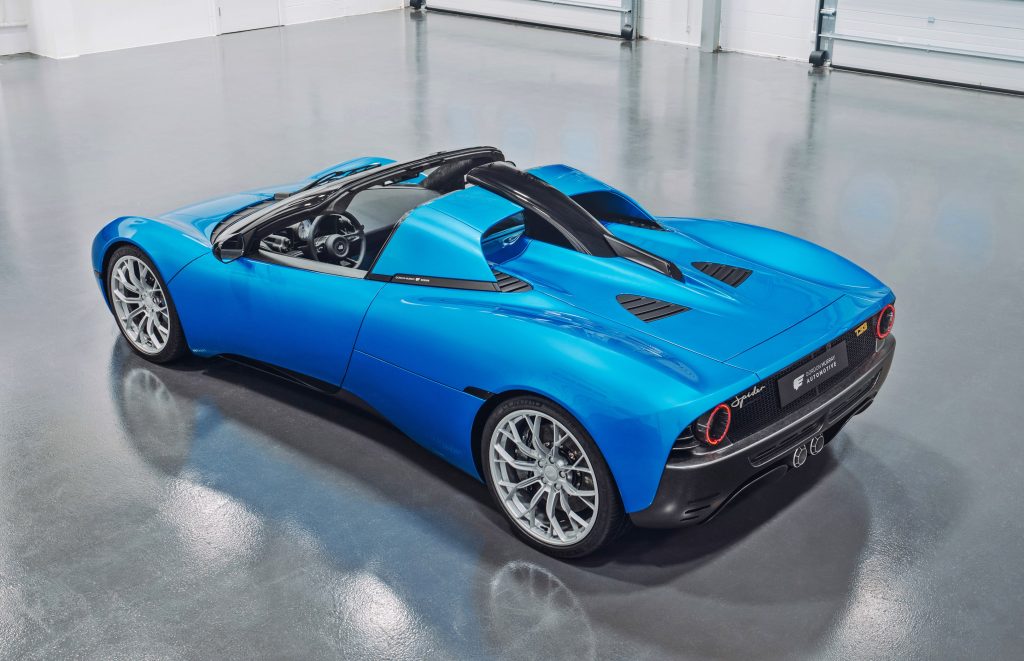
Seamlessly integrated into the rear haunches, and opened with a button concealed under the dihedral doors, are two 90-litre stowage compartments. The mechanisms through which these doors and stowage compartments open are works of engineering art and design ingenuity.
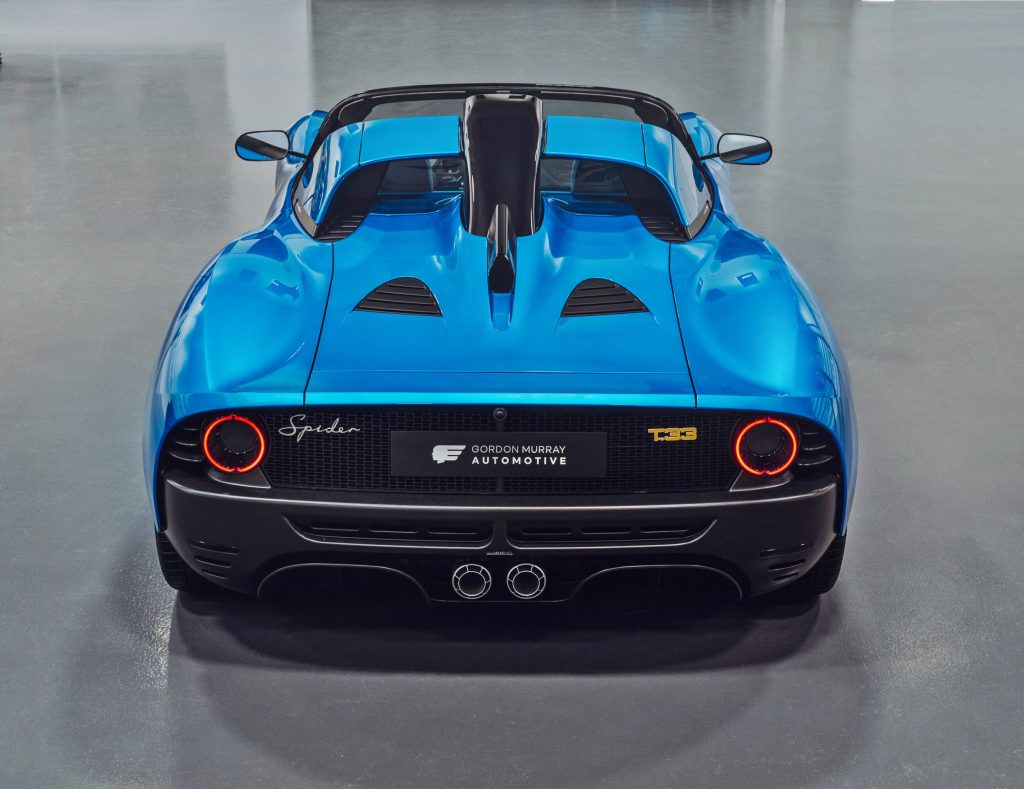
Leveraging all the experience acquired from a career designing ground-effect racing cars, Murray and his team developed the T.33 Spider’s exceptional aerodynamics without resorting to the ostentatious ducts, skirts and splitters that are typically used in other supercars. Instead, first principles were used to develop the Passive Boundary Layer Control (PBLC) system. Introduced on the T.33, PBLC has been further refined for the Spider.
A ground-effect inlet at the front of the car directs low pressure air underneath the floor, which is then fed into a rear diffuser with a boundary layer removal duct. In combination with the deployable active rear spoiler, PBLC delivers the ideal balance of low drag, high-downforce and superb high-speed stability, with or without the roof panels in place.
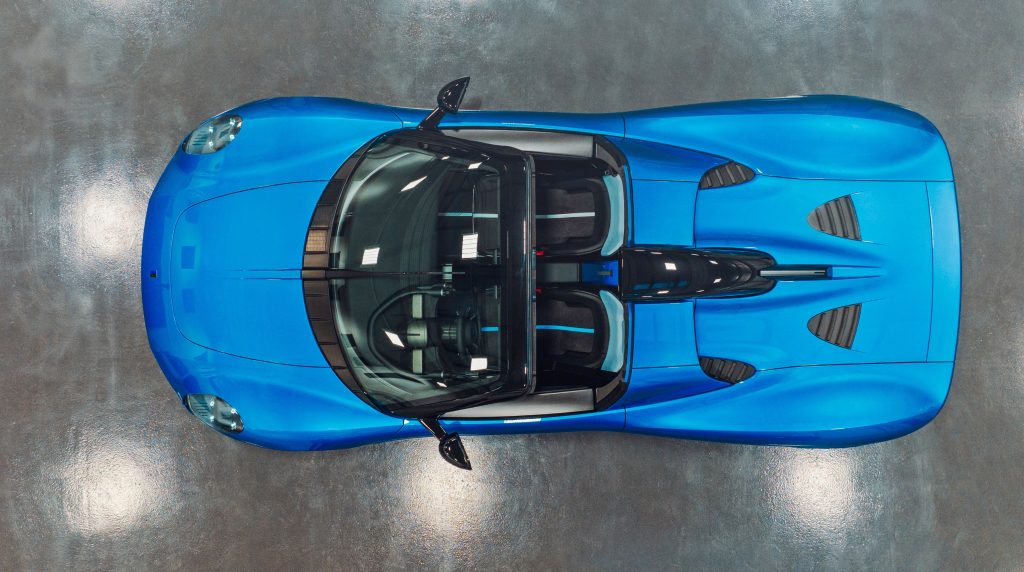
iStream Ultralight carbon monocoque technology.
The T.33 Spider is shaped around Gordon Murray Technologies’ iStream Ultralight carbon monocoque technology. Comprising carbonfibre composite panels bonded to extruded aluminium tubing triangulated at precision die-cast aluminium nodes, this delivers a body structure which provides the optimal balance of high stiffness, light weight, and exceptional levels of safety and occupant protection.
The precision inherent to iStream also delivers exceptionally precise manufacturing tolerances. Taking full advantage of this enabled the engineering team to optimally position everything within the car much closer than would be possible with many traditional body construction methods. This degree of packaging efficiency contributes to the car’s compact footprint and remarkably low weight.

Following motorsport practice, the powertrain of the T.33 Spider is semi-structural, with the rear suspension mounted directly to the transmission casing. To maximize the weight reduction and vehicle dynamics benefits this brings without undue noise, vibration and harshness being transmitted into the cabin, the system features GMA’s Inclined Axis Shear Mounting (IASM). This system uses flexible mountings to deliver exactly the right amount of isolation required for refinement while at the same time enabling precise handling.
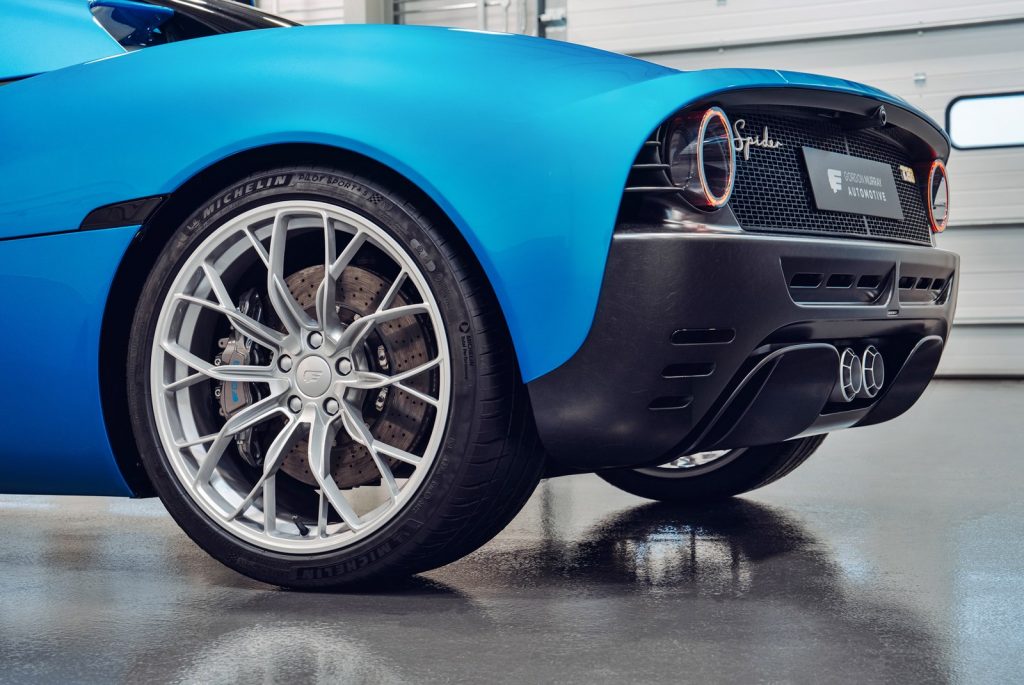
Aluminium suspension
Like the coupe, the Spider has all-round double wishbone suspension, made from lightweight aluminium. The high-pressure monotube dampers are of coil-over design and are also made from aluminium. GMA’s vehicle dynamics team have purposefully chosen not to offer adaptive damping; in keeping with the principle of driving perfection, the bump and rebound rates have been meticulously calibrated to deliver the ideal ride and handling balance for the car.
To deliver the traction and steering response demanded from the rear-wheel drive configuration, together with the minimum possible mass, the T.33 Spider, like the coupe, uses an asymmetric wheel and tyre specification. The front and rear axles have lightweight, forged aluminium 19-inch and 20-inch wheels, respectively, together with 235/35 ZR19 and 295/30 ZR20 Michelin Pilot Sport 4 S tyres.
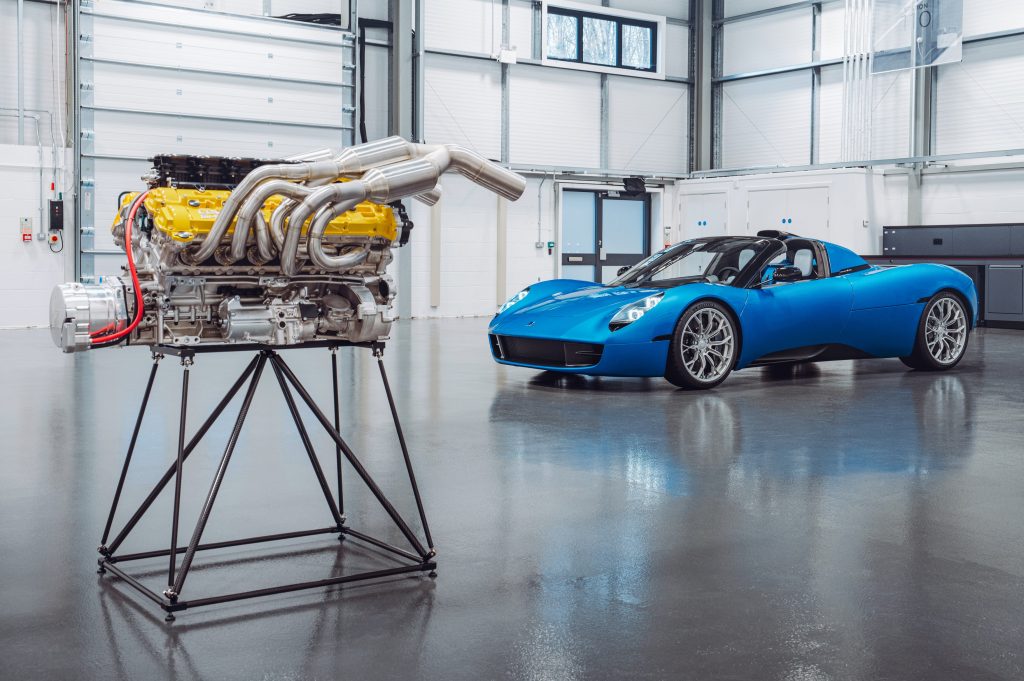
V12 with motorsport principles
Just like its coupe stablemate, the T.33 Spider is powered by the Cosworth GMA.2 V12. This all-aluminium powerplant is designed according to motorsport principles in partnership with Cosworth to deliver GMA’s exacting brief: lightest, highest specific output, highest revving, fastest response.
The dry-sump, 3.9-litre unit features a 65-degree cylinder bank angle for optimum packaging within the monocoque, and contributing to the car’s low centre of gravity. Foregoing turbocharging for the compromises this imposes in throttle response and to aural quality, the GMA.2 is naturally-aspirated.
This contributes to responsiveness, with 75% of the 451 Nm maximum rated torque is available from only 2,500 rpm, while 90% is maintained from 4,500 – 10,500 rpm. Maximum power of 617 ps is delivered at 10,250 rpm, with the engine electronically-limited to an impressive 11,100 rpm. At the upper end of the rev range, the driver is rewarded with an unmistakable 12-cylinder crescendo before moving to the next gear. The complete engine weighs just 178 kgs; making it the world’s lightest road car V12 engine.
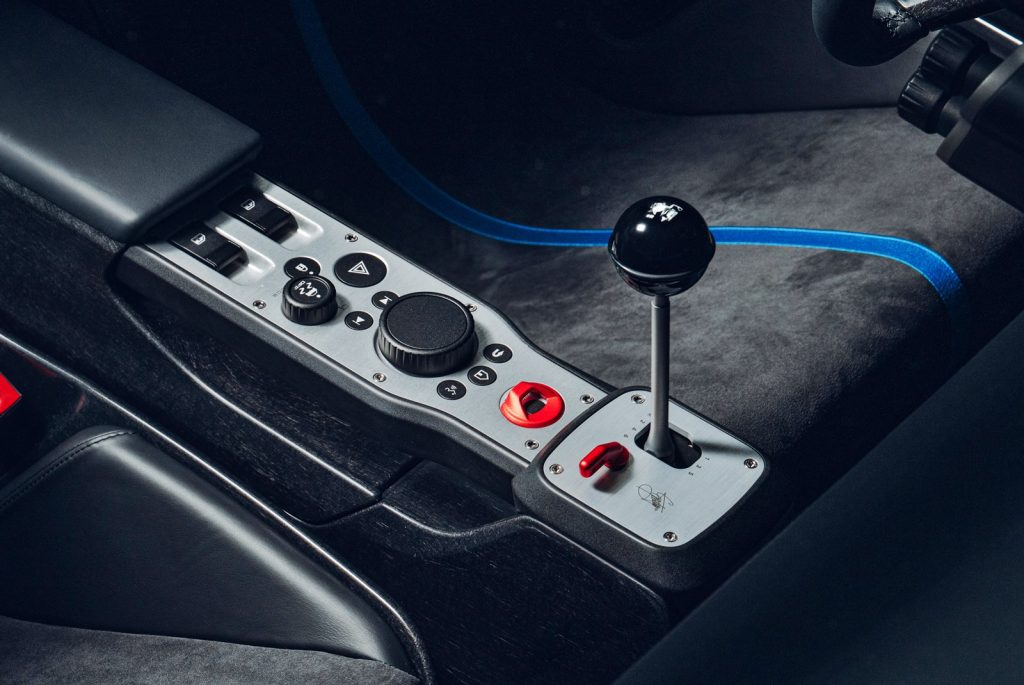
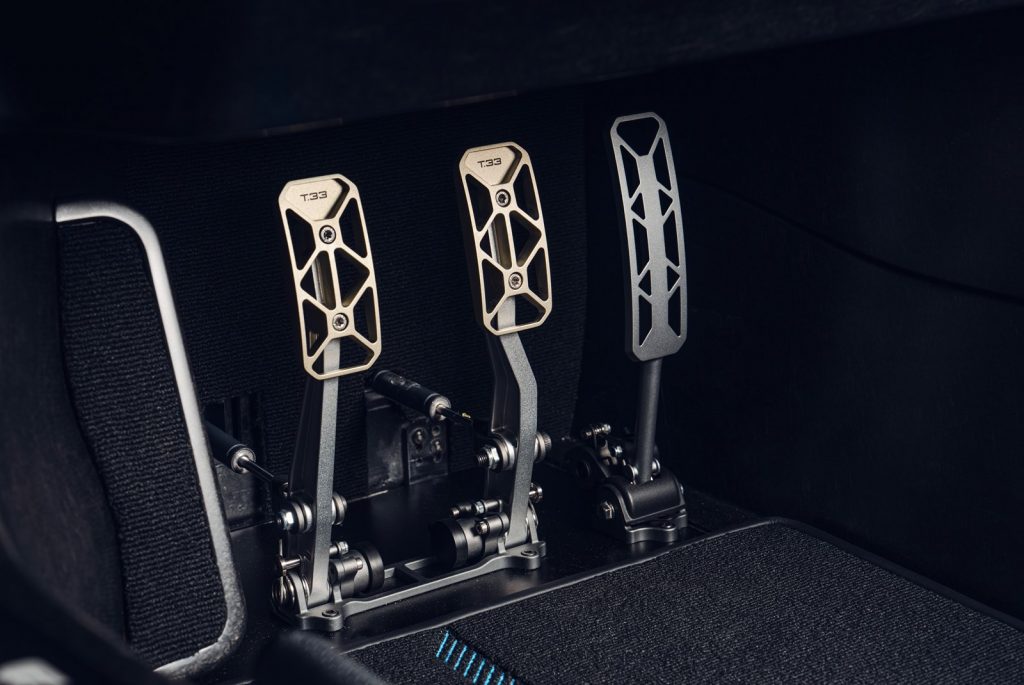
In response to strong customer preference for the manual gearbox with the T.33 coupe, the Spider is offered exclusively with this transmission. Developed with Xtrac, this 6-speed unit is designed to be as mass-efficient as possible. At only 82 kgs, there is no lighter supercar transmission, and it delivers the quick, smooth, precision shifts that enthusiasts demand and expect.
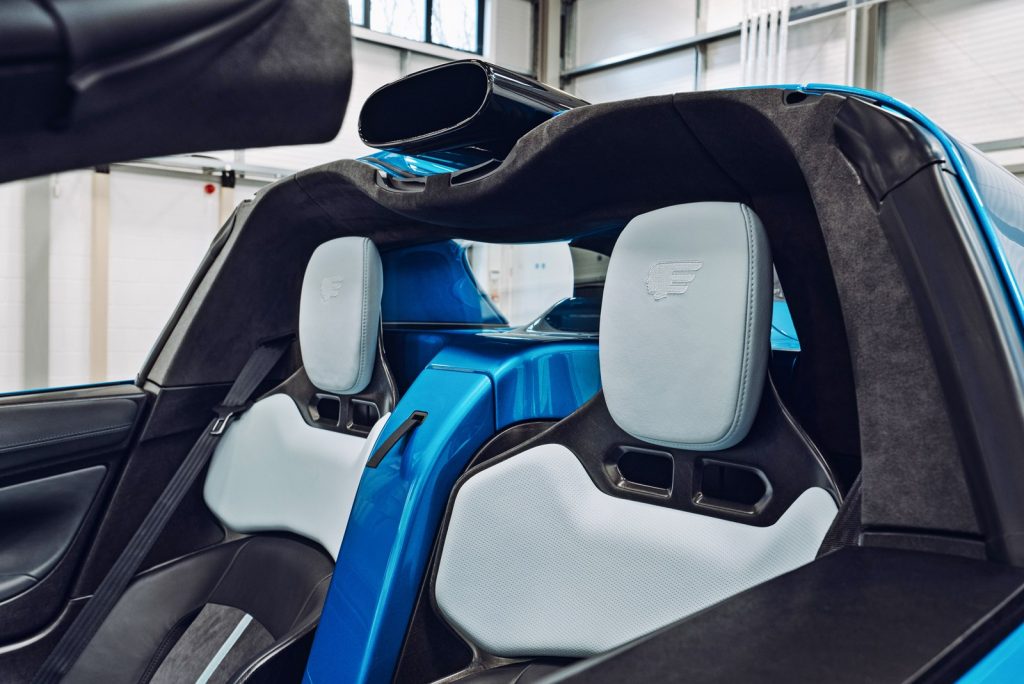
Inside the T.33 Spider
One of the unique interior features distinguishing the T.33 Spider from the coupe is that the rear bulkhead trim between the two seats is body-coloured. With the roof panels removed and rear glass down, this subtly enhances the feeling of openness through the exterior colour flowing into the cabin.
Befitting a supercar, the focal point of the instrument cluster is the 120 mm, floodlit and defiantly analogue centrally-mounted tachometer. Calibrated to 11,100 rpm, it clearly signals the Cosworth GMA V12’s performance potential. On either side are secondary displays for climate control and infotainment, the latter featuring wireless Apple CarPlay and Android Auto connectivity.
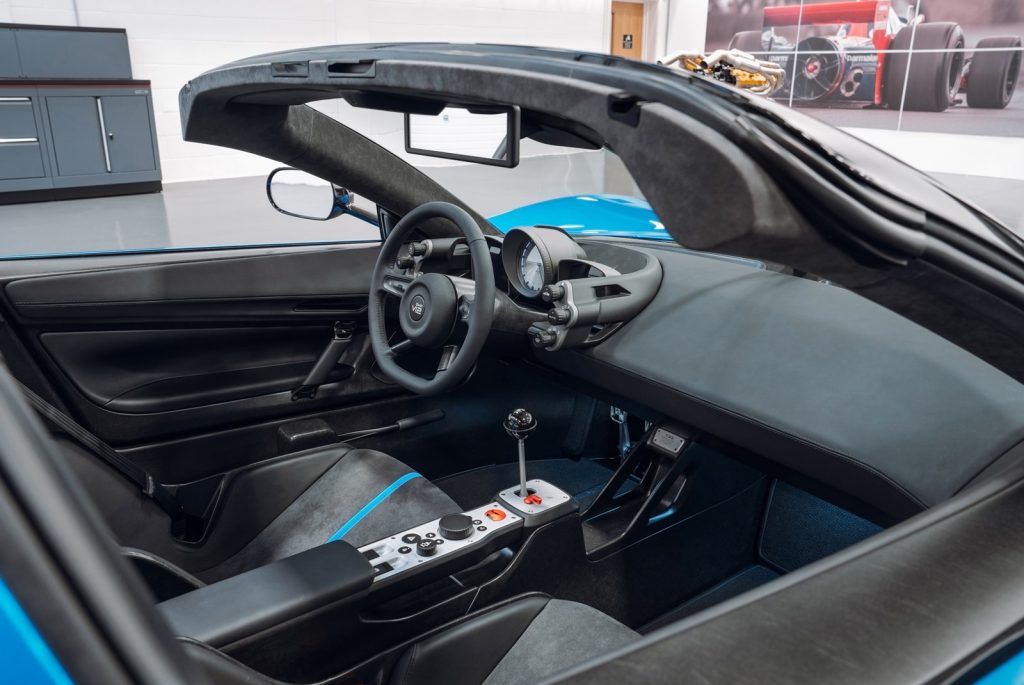

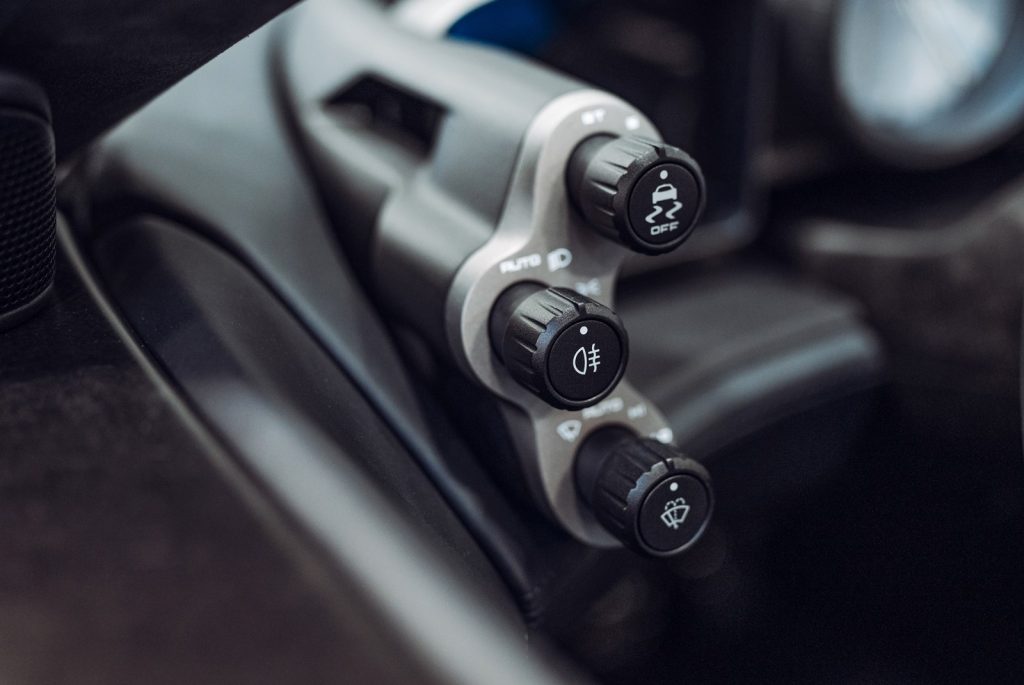
All of the main controls are beautifully tactile, with the carbonfibre steering wheel trimmed in leather, The lightweight, race-inspired carbonfibre seats are trimmed in a combination of leather and Alcantara.
Pricing has not been announced and only 100 units of the T.33 Spider will be available for worldwide sale, with deliveries in 2025. Aftersales support is provided by 5 Global Service Centres with technicians trained by GMA to service, maintain and repair its cars. The Global Service Centres are supplemented by a network of 14 Service Support Centres located in Germany, Spain, Saudi Arabia, Bahrain, Hong Kong, Singapore, Taiwan, Australia and key American states.
